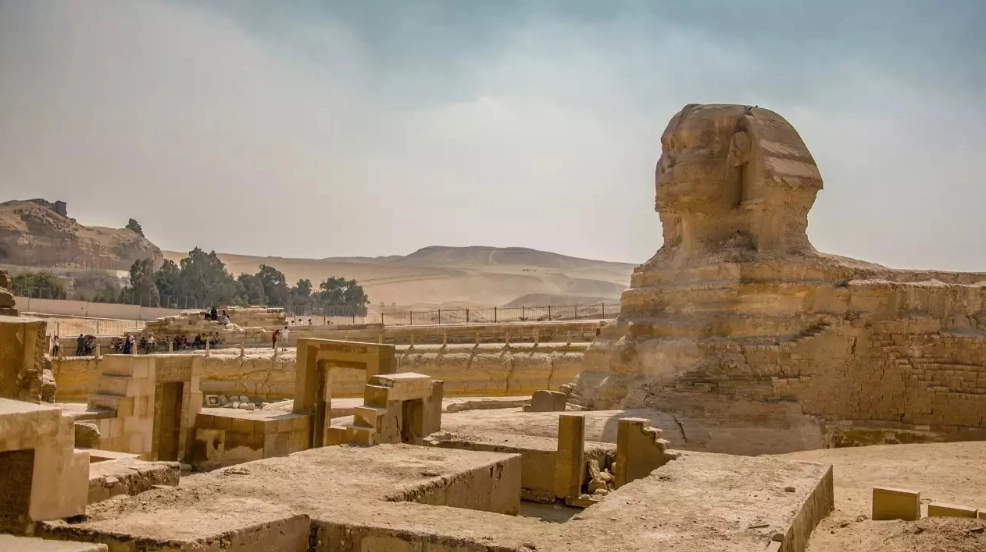
A new study is challenging the assumption that Egpyt's great
pyramids were solely reserved for the elite. Skeletons found at the Tombos site in Sudan show signs of strenuous physical activity, suggesting the individuals buried there were not the privileged nobles we once thought. This revelation comes from a study led by Professor Sara Schrader from the University of Leiden, which was published in The Journal of Anthropological Archaeology.
Schrader’s team spent more than ten years at the Tombos excavation site in South Sudan, unearthing five mud-brick pyramids. Along with pottery, they found human remains, which appeared to hold clues about the social status of those buried there. “For a long time, we’ve assumed pyramids were only for the wealthy. This new evidence calls that assumption into question,” Schrader said, as reported by New Scientist.
While the region was under Egyptian control 3,500 years ago, by this time, Egyptian elites had stopped using pyramids as burial sites. However, some continued to favour them. Schrader’s team focused on analyzing the remains to learn more about the people interred there. By examining marks on the bones—indicating where muscles, tendons, and ligaments were attached—researchers were able to determine the physical activity levels of the individuals.
The theory now is that the more active individuals were likely lower-status workers who had performed arduous labour yet were buried in the pyramids alongside nobility. The researchers have dismissed the theory of human sacrifice, as there is no evidence of such practices by the time Tombos was under Egyptian control.
 A new study is challenging the assumption that Egpyt's great pyramids were solely reserved for the elite. Skeletons found at the Tombos site in Sudan show signs of strenuous physical activity, suggesting the individuals buried there were not the privileged nobles we once thought. This revelation comes from a study led by Professor Sara Schrader from the University of Leiden, which was published in The Journal of Anthropological Archaeology.
A new study is challenging the assumption that Egpyt's great pyramids were solely reserved for the elite. Skeletons found at the Tombos site in Sudan show signs of strenuous physical activity, suggesting the individuals buried there were not the privileged nobles we once thought. This revelation comes from a study led by Professor Sara Schrader from the University of Leiden, which was published in The Journal of Anthropological Archaeology.